



The Jagdwagen featured a detuned 356A engine that produced 55hp. Like the VW's and the Porsches of the period, the induced air-cooled flat-four taken from the Porsche 356 situated in the rear of the vehicles. Originally it featured an amended version of the 1.5 liter with a later increase to 1.6 in the 1-model. It came with low-compression pistons similar to the Porsche industrial wagon and a single Zenith carburetor. Through an unconventional four-wheel drive system, the power was put to the ground which offered shift-on-the-fly convenience. The Porsche 597 Jagdwagen could climb an impressive 65-degree angle. The suspension was extremely firm riding, and not an especially comfortable ride at that as very few creature comforts were added. The 597 weighed 990 kilograms and featured a top speed of approximately 100 kilometers per hour.
As unique as this vehicle was, unfortunately another company, the German carmaker DKW (later absorbed by Audi) was chosen instead to equip the German army with their entry, the DKW Munga. The Jagdwagen was considered too expensive and ‘terribly over-engineered'. In actuality the 597, typical of all Porsches, was just too technologically advanced for its time. The Munga was a very ‘throw-away vehicle' with a basic three cylinder, two stroke engine. Porsche was convinced that their entry had not been picked due to politics. Porsche couldn't easily supply the sheer numbers of units needed in proposed timescale.
Porsche tried to recover from its considerable investment into the vehicle by offering the Jagdwagen to the public, but not many were introduced. No other car like this was sold anywhere in Europe, so the customer base was stagnant. As a last effort, the Jagdwagen was marketed to consumers a personal hunting vehicle for sportsmen, which is why the name roughly translates into ‘hunting car'. In 1958 production of the Jagdwagen ceased with only a total of 71 units ever being produced.
The production of the 597 Jagdwagen was definitely an interesting development by Porsche unlike anything they had ever produced. Extremely expensive, the development costs for the vehicle amounted to approximately 1.8 million Deutsche marks. Some talks were made in August 1959 that an updated vehicle would be developed based on the 597 platform. It would feature a strengthened chassis, extended wheel base of 2,400mm that would be available in five different body-styles. Unfortunately this project never made it into production.

















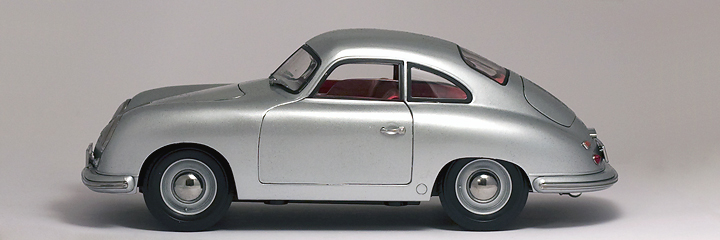








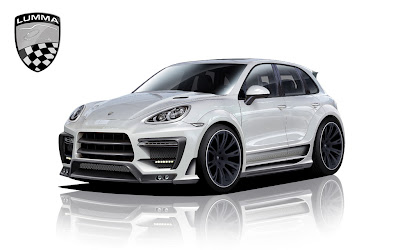
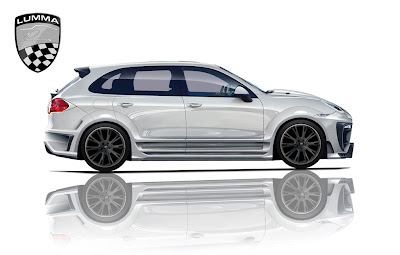

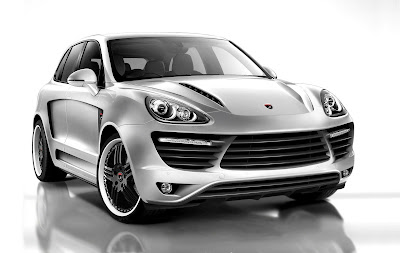




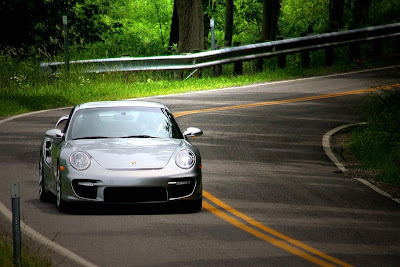






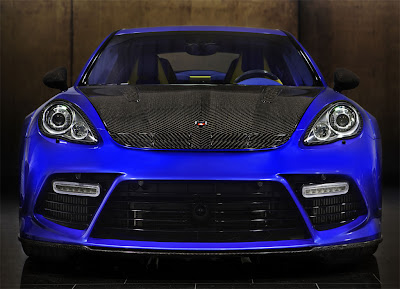

 MANSORY modification into a dynamic highlight: the new front skirt with adapted LED daytime running lights in combination with the striking bonnet made of carbon fibre give the front section a distinctive character.
MANSORY modification into a dynamic highlight: the new front skirt with adapted LED daytime running lights in combination with the striking bonnet made of carbon fibre give the front section a distinctive character.
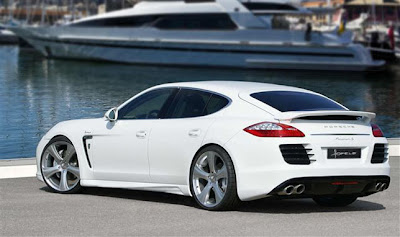 Porsche Panamera Rivage GT 970
Porsche Panamera Rivage GT 970 Porsche Panamera is getting quite famous in the aftermarket customization area and the German experts at Hofele are presenting us their latest masterpiece, based exactly on that ride. Dubbed Hofele Rivage GT 970, the masterful conversion boasts bolder yet unobtrusive new body-styling backed by massive 22-inch five-spoke design Chrono rims, a high-speed sport brakes kit as well as a lowering module.
Porsche Panamera is getting quite famous in the aftermarket customization area and the German experts at Hofele are presenting us their latest masterpiece, based exactly on that ride. Dubbed Hofele Rivage GT 970, the masterful conversion boasts bolder yet unobtrusive new body-styling backed by massive 22-inch five-spoke design Chrono rims, a high-speed sport brakes kit as well as a lowering module.